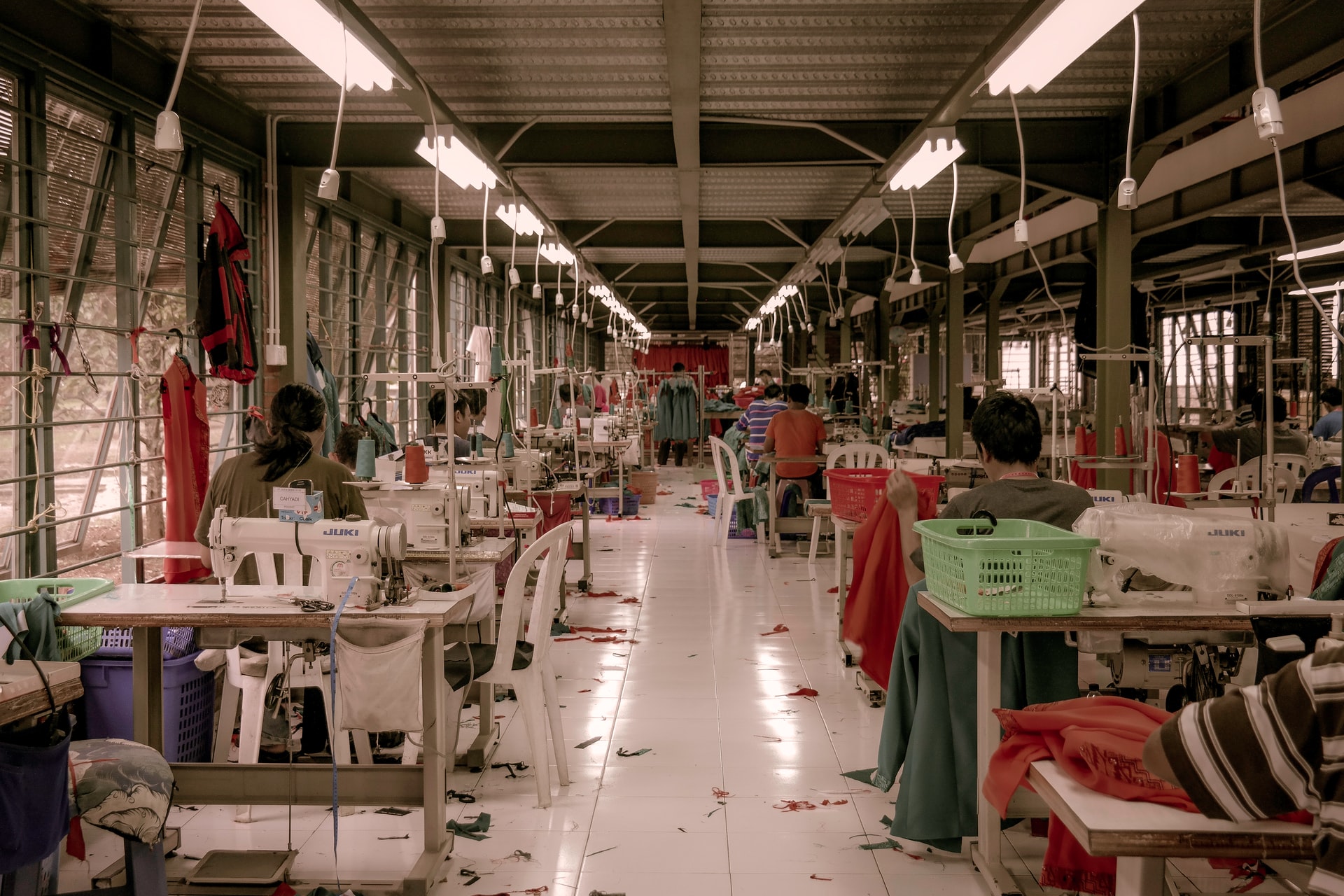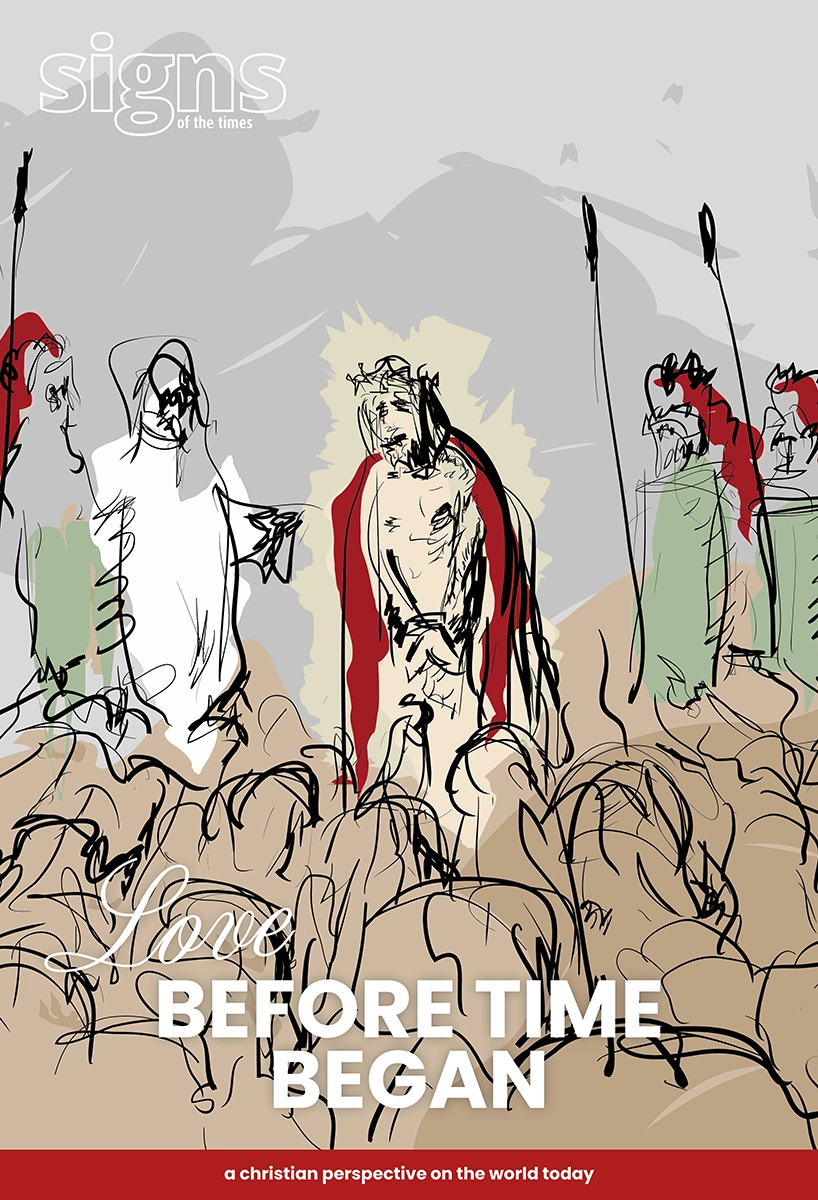
If you’re even remotely switched on to the updates in the fashion industry, you’ve no doubt heard of the trend which has been sweeping a variety of fashion brands and textile manufacturing companies over the past few years: fast fashion. The rise of this trend—and the fast fashion brands that propagate it—is based on two principles that have proven to be magnetic for consumers, especially young ones: clothes tailored to the latest trends (today on the catwalk, tomorrow in the stores), sold at much lower prices than designer clothes.
The secret to the success of these two principles is that both are based on an obsession with optimising the supply chain so that manufacturers in the fast fashion industry can create a mass production machine which designs and creates new products at the lowest cost, following the latest trends.
The consumer only benefits
On the face of it, in fast fashion, the consumer only benefits: their creative flair is constantly fueled by the shops ready to renew their wardrobe every three months, for a price that, at the beginning of globalisation, seemed like a beautiful dream. In reality, however, the maths only benefits the seller—although the psychology that clothes the economy with the most harmless intentions prefers to suggest otherwise. The consumer behaviour of fast fashion customers is fascinatingly connected to this reality.
Here’s how: A fast fashion consumer will wear a T-shirt, some analysts estimate, about 5 times a year (some studies say that up to 7 times). If the price of the T-shirt was $10, it means that the price per wear is around $2. A consumer who is not a fan of fast fashion and buys their clothes only when they really need them will be willing to pay more for a T-shirt, but will also wear it much more often than the fast fashion consumer. Analysts estimate that in the case of a $35 T-shirt worn 30 times, the price per wear is $1.17. Therefore, the more expensive T-shirt is actually cheaper in the end for the customer.
“Constant refreshment is good”
Then there’s the environmental impact to consider—because of the impact here, the fast fashion consumer also loses indirectly. The Council for Textile Recycling says that Americans generate almost 10 million tons of textile waste annually, throwing away no less than 85% of the clothing purchased in that year.
“Fast fashion is going to destroy the world, it’s going to pollute the oceans,” said American designer Zac Posen. In just a few years, he said in an interview with AFP, the amount of clothes thrown away has tripled, if not quadrupled. “It’s great that there’s accessible style items, but just like you saw…in the food industry, where we went into people understanding sustainability and sourcing of where things come from, the same will happen in fashion,” said the designer. Considering the threat of climate change, there’s a legimate concern that fast fashion companies and their pursuit of low cost clothing items may be more harmful for the planet than it may seem at a glance.

Photo by Rio Lecatompessy on Unsplash
Today, some statistics estimate that the average American buys clothes to the value of about $1,700 a year, and the following year they will completely replace no less than $1,445 worth of clothes. From this consumption cycle, producers gain massively. Amite Ortega, the owner of Inditex, has an estimated fortune of over $78 billion, while Stefan Persson, the chairman of H&M—a company founded by his father—has an estimated net worth of $20 billion.
Companies are fixing their mistakes
Meanwhile, Inditex and H&M are accelerating production in developing Asian countries. There, the producers have found extremely cheap labour and workers willing to work in deplorable conditions in order to earn a living. In Bangladesh, which is home to many textile factories, the minimum wage is just over $2 a day, or $68 a month. Still, despite the low wages paid to garment workers, these companies do not lack employees.
In 2013, 1,127 Rana Plaza factory employees who worked for Benetton, El Corte Inglés, Mango, and more, were crushed to death when the building in which they worked collapsed. That was the worst accident in the textile industry worldwide. Two years later, despite media reports to the contrary, conditions in most Bangladeshi factories were exactly the same as before the 2013 accident. According to Harvard professor John Quelch, author of Consumers, Corporations and Public Health, improving working conditions for textile factory workers translates into just 2 or 3 percent added to the price the end consumer would pay. For a $10 T-shirt, the customer would have to pay an extra 20 or 30 cents, but that could prevent another tragedy like the one at Rana Plaza.
The customer is free to decide
Unfortunately, fast fashion giants have other priorities. Some of them are looking for new strategies to build customer loyalty so that customers do not migrate to more expensive producers as they mature or evolve financially. To achieve this, H&M successfully relies on collaboration with reputable designers, who create some clothes exclusively for the store chain. A special case study is a collaboration between H&M and Balmain, which rapidly emptied the store’s shelves and even generated resale on eBay at a premium.
Other well-known stores are working on deflecting the guilt of consumers who are aware that the fast fashion stores where they buy cheap clothes simply sell clothing plagiarised from the work of great designers at a questionable standard of quality. Zara, for example, places the more expensive clothes at the entrance, Gesina Gudehus-Wittern, a consultant at Vivaldi Partners Group, told Business Insider. Thus, the store makes the customers feel satisfied that, even though further towards the back of the store they will find cheaper clothes, they are still in an expensive store, says the consultant.
Responsibility is a priority for companies
Other manufacturers are rushing to join the fast fashion trend. American designer Tommy Hilfiger announced that, starting September 2016, his customers would be able to buy his collection directly from the fashion catwalk through a program he called “click and buy”.
That was the beginning of a society where people click on what they see and are able to buy, as Marshal Cohen, an NPD Group fashion industry analyst envisioned at the time. “It’s going to be a difficult challenge. . . because some of these people design these things a year and half, two years in advance. It takes eight months to make a pattern. They’re going to have to learn how to speed it up,” said Cohen. After Hilfiger, luxury brands Burberry and Tom Ford announced that they would also join the trend in September 2016.
You have nowhere else to buy from
If migrating to more sustainable production still seems far from the focus of fast fashion producers, hope comes from smaller producers, who launch from the very beginning as an alternative to the products of the big fashion stores.
Buy Me Once is a store that promotes sustainable purchases, even offering a lifetime warranty for some of the products on their website. The range of products covered by such stores, which seeks to restore the atmosphere of slow shopping, ranges from clothing and accessories to home and garden furniture and decorations. In this industry dominated by fast fashion, seeing a store dedicated to this goal is admirable—serving as an example that there is an alternative way, should we choose to pursue it.
Want something more? Get in touch with our help team with your questions or requests and we’ll do our best to help you.
Alina Kartman is a senior editor at Signs of the Time and ST Network. A version of this article first appeared on their website and is republished with permission.












